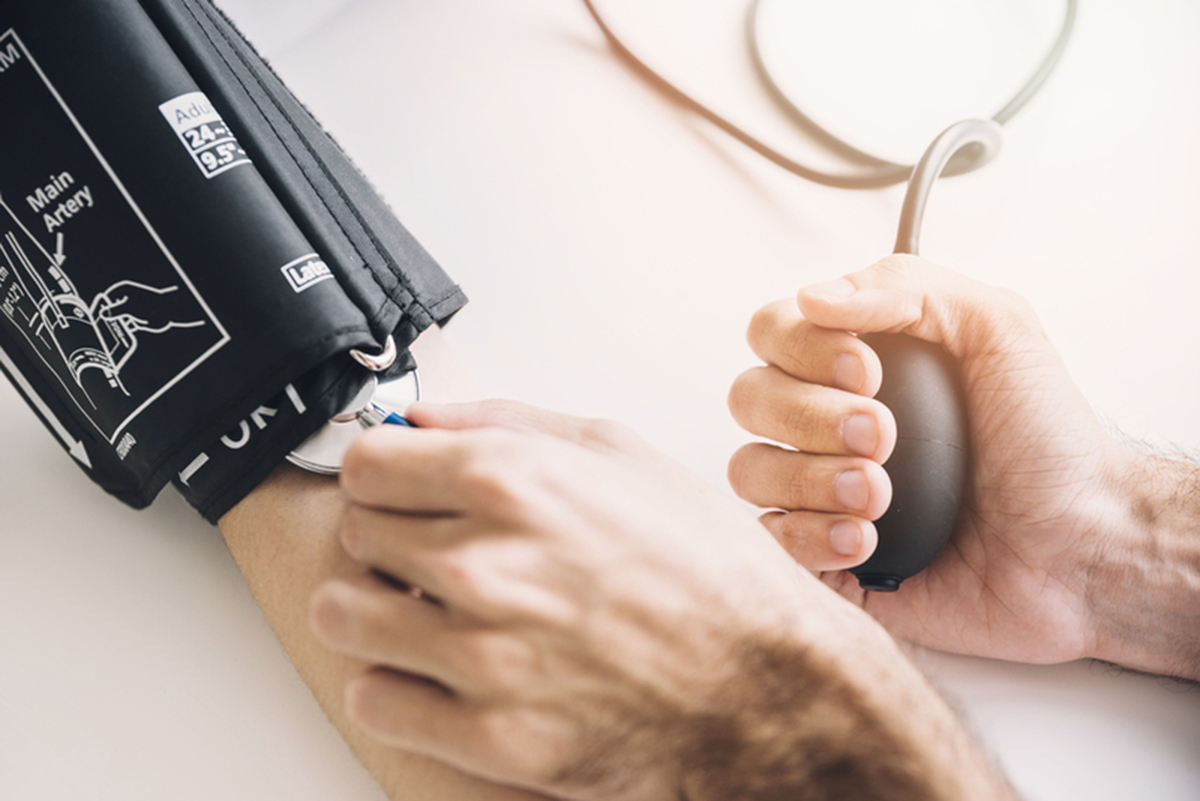Pulmonary hypertension is characterized by lung arteries which are affected by high blood pressure. In these cases, hypertension can also affect the right side of the heart. Depending on the severity of the case, pulmonary hypertension can cause irreversible damage, and is also fatal under certain conditions.

Causes of pulmonary hypertension
The heart is divided into four main chambers: two of them are on the upper side, and the other two on the lower side of your heart. One of these chambers is responsible with supplying blood to your lungs through a vessel that’s called a pulmonary artery. As blood reaches your lungs, it releases carbon dioxide, trading it for oxygen. This oxygen is the transported back to another chamber of the heart. Normally, your blood pressure is very low when it passes through a lung’s vessels.
People who suffer from pulmonary hypertension experience a much more elevated blood pressure, as the pulmonary artery cells are modified. Because of said changes, the artery walls can become thick and stiff, sometimes leading to the formation of extra tissue.
The causes of pulmonary hypertension can be quite varied, which has led to the classification of this condition into groups, for proper identification. There is one extra caused which isn’t mentioned in the classification below, called Eisenmenger syndrome.
It is a congenital heart disease which is caused by a hole located between the lower chambers of the heart. This hole prevents blood from flowing normally, as oxygen-poor blood and oxygen-carrying blood are mixed and then transported to the lungs, when it should be carried to other parts of the body.
Pulmonary hypertension classification
There are five different types of pulmonary hypertension, classified according to the cause.
Group 1 includes pulmonary arterial hypertension, which can have up to five different causes:
- Congenital heart disease, which is reflected by heart abnormalities. This is a condition that’s present from the birth.
- Pulmonary hypertension can also be caused by a gene mutation in certain families.
- It can also be caused by both prescription and illegal drugs (such as amphetamine).
- The cause can also be unknown. The medical world refers to this situation as idiopathic pulmonary arterial hypertension.
- Other causes may include HIV infections, cirrhosis, lupus, scleroderma, or other connective tissue disorders.
Group 2 refers to left-sided heart disease which can lead to pulmonary hypertension:
- It can be caused by left ventricle failure. The left ventricle is one of the four main heart chambers, located on the lower left side of the heart.
- Other causes include diseases on the left-sided heart valve, such as aortic valve disease.
Group 3 refers to lung diseases which can cause pulmonary hypertension. Specifically, the causes are:
- Lung diseases that cause the tissue scarring. This is the tissue that’s located between the air sacs of your lungs.
- Sleep disorders.
- Chronic obstructive pulmonary disease.
- High-altitude exposure.
Group 4 includes chronic blood clots in the lungs, which lead to pulmonary hypertension.
Group 5 includes all other conditions that can lead to pulmonary hypertension. Some of these may include:
- Tumors that can affect the pulmonary arteries.
- Metabolic disorders.
- Blood disorders.
Symptoms of pulmonary hypertension
It’s very difficult to spot pulmonary hypertension in its early stages, unless you perform medical exams that specifically seek to find such problems. When the condition is more advanced, any fo the following symptoms may surface:
- Heart palpitations.
- Chest pain or pressure.
- Chronic fatigue.
- Dizziness and the feeling of fainting.
- Shortness of breath.
- Cyanosis, which is a blue coloring of the skin and lips.
Diagnosis of pulmonary hypertension
Pulmonary hypertension may be difficult to diagnose in its early stages, as it doesn’t show up during a routine medical exam. For diagnosis, the doctor can turn to any of the following methods:
- Chest X-rays will reveal images from your chest, lungs, and heart. It can show if there are enlargements of you right ventricle, but it can also reveal other conditions that lead to pulmonary hypertension.
- Echocardiograms are also a frequent diagnosis tool, as sound waves are used to examine the heart. This test can give the doctor important information on how your valves and heart chambers are functioning.
- ECGs (electrocardiograms) are non-invasive tests which examine your heart’s pattern, and are useful for detecting abnormal rhythms.
- Right heart catheterization is a test that’s done after the echocardiogram, and it helps doctors eliminate all suspicions on whether you actually have pulmonary hypertension or not.
Treatment of pulmonary hypertension
Sadly, pulmonary hypertension is not curable, but with proper treatment, it can be kept under control. As far as medication is concerned, here are some options that you doctor may prescribe for such a condition:
- Blood vessel dilators will help enlarged narrow blood vessels, which cause the blood to flow normally through them.
- Endothelin receptor antagonists will counteract endothelin, the substance that causes your blood vessel to narrow.
- Sildenafil and tadalafil are drugs which act on the lungs’ blood vessel, improving blood circulation.
- Soluble guanylate cyclase stimulators help you pulmonary arteries to relax, thus lowering high blood pressure.
- Anticoagulants are needed if your doctor finds any blood clots that cause pulmonary hypertension.
- Diuretics will help your body eliminate any extra body fluids, which takes off some of the strain put on your heart.
Depending on the situations, doctors may also be required to perform surgeries in patients that suffer from pulmonary hypertension. The two most common medical interventions are:
- Atrial septostomy is open-heart surgery which is normally performed when pulmonary hypertension medication treatment fails.
- In severe cases, doctors can also choose to perform lung transplants. This produce is most common in younger people who suffer from idiopathic pulmonary arterial hypertension.
Conclusion
- Photo courtesy of SteadyHealth


Your thoughts on this